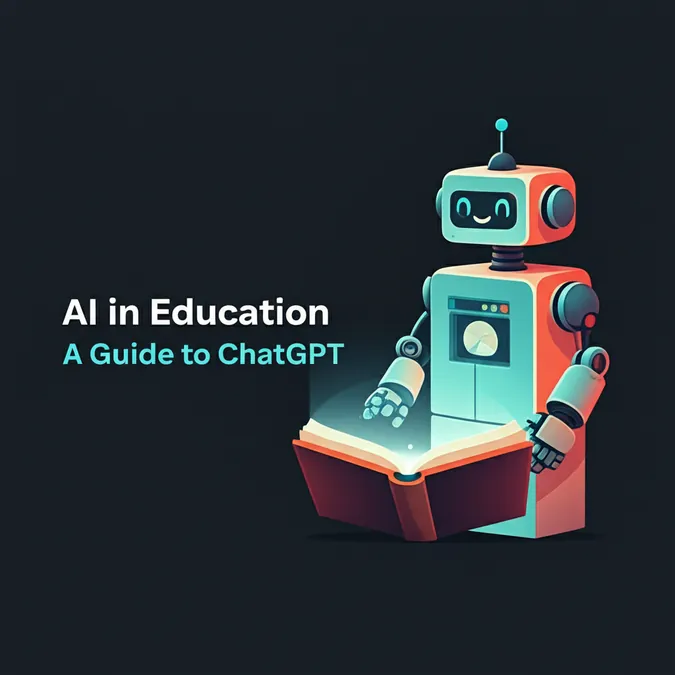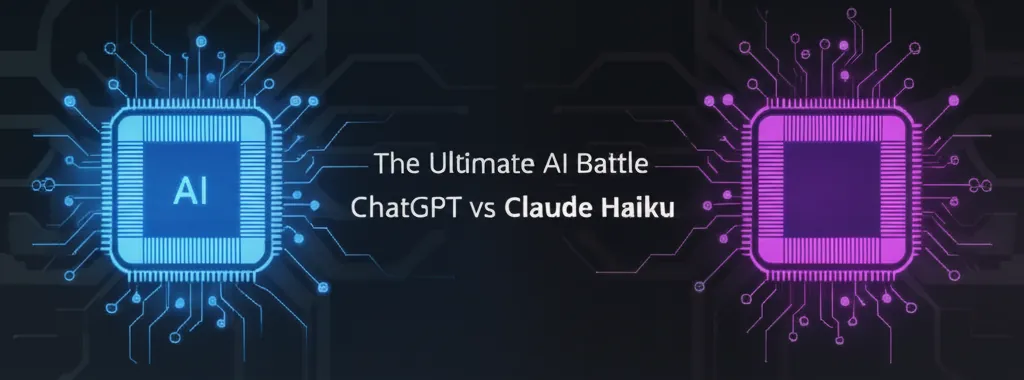Developer Offer
Try ImaginePro API with 50 Free Credits
Build and ship AI-powered visuals with Midjourney, Flux, and more — free credits refresh every month.
ChatGPT Agents In Action Five Practical Examples

Introduction to Action-Oriented AI
AI is evolving beyond simple conversation. For professionals like engineers, marketers, or customer support managers, ChatGPT Agents now offer the ability to execute tasks, not just discuss them. These agents bridge the gap between language and logic by combining reasoning with real-world actions. Their true strength lies in their adaptability, allowing for endless configurations from a single model. Let's explore five practical examples that demonstrate how ChatGPT Agents are actively changing how we work, innovate, and automate.
1. Automating Data Cleaning Workflows
Data scientists often spend a significant portion of their time on data preparation rather than analysis. ChatGPT Agents are poised to automate this tedious work. Imagine uploading a disorganized CSV file and instructing an agent to handle outliers, standardize formats, or fill in missing values. The agent interprets the request and applies the necessary transformations, eliminating the need for manual commands. It can even provide a plain-language summary of the actions taken, making the process transparent.
When connected to APIs, these agents can fetch data from external sources, clean it, and load the refined dataset into a database with a single command. This frees up teams to focus on higher-value tasks like model optimization. This is a form of automation that understands context, moving beyond basic agentic tasks. The key benefit is its adaptability; the agent learns and adjusts to changes in data structure or format, refining the process alongside you.
2. Managing AI-Powered Customer Support
Traditional customer support chatbots often feel impersonal and robotic. ChatGPT Agents offer a more human-like conversational experience while also triggering backend actions. For instance, a support agent can analyze a customer complaint, retrieve relevant data from a CRM, and compose a response that is both empathetic and accurate, all without human input.
The real power is unlocked when these agents are integrated with internal systems. If a customer reports a billing error, the agent can verify the transaction via a payment API, issue a refund, and update the support ticket in a platform like Zendesk. This creates a seamless customer experience powered by multiple systems communicating through a single intelligent interface. Businesses can deploy these agents around the clock, scaling support capacity during peak times without overworking their teams. The agent acts on information, it doesn't just answer questions.
3. Streamlining Content Production Pipelines
Content creation involves managing numerous briefs, drafts, and revisions across various platforms. A ChatGPT Agent can serve as an automated production manager, handling tasks from keyword research to scheduling. An editor could command it to "generate three blog outlines on data analytics trends," and the agent would not only create them but also create corresponding tasks in a CMS or project management tool.
By integrating with platforms like Trello, Notion, or Google Docs, the agent can enforce SEO guidelines, maintain a consistent tone, and even track content performance. This centralized assistant keeps the entire team aligned, reducing the need to switch between different applications. It functions similarly to a concept known as "vibe coding" but in a more accessible environment. This automation amplifies human creativity by handling repetitive tasks, allowing teams to focus on producing high-quality content. Fortunately, this approach requires avoiding only a handful of common training mistakes compared to more complex agentic systems.
4. Building Automated Research Assistants
Analysts and researchers can spend countless hours gathering background information. A ChatGPT Agent can function as a tireless research assistant, capable of searching for, summarizing, and organizing information in real time. A prompt like, "Summarize recent studies on reinforcement learning in robotics," would trigger the agent to find relevant academic papers, extract key findings, and present them in a consolidated, easy-to-digest format.
This process is interactive, allowing for follow-up questions to refine the search dynamically. It's like having a research intern who provides traceable citations and reproducible summaries on demand. By automating the preliminary research phase, professionals can dedicate more time to analysis and insight generation. The agent doesn't just gather information; it helps users make sense of complex data and repetitive tasks quickly.
5. Orchestrating DevOps Automation
For developers, ChatGPT Agents can simplify infrastructure management. They can execute tasks like launching Docker containers, managing deployments, or monitoring system health through conversational commands. A developer could issue a command like, "Deploy version 2.3 to staging, monitor CPU usage, and roll back if errors exceed 5%." The agent would then interpret the command, execute the steps, and provide a status report.
This capability integrates smoothly with CI/CD pipelines, where an agent can manage deployment approvals, run automated tests, and send notifications to team channels like Slack. This reduces cognitive load and streamlines complex workflows, potentially even reducing cybersecurity risks. The agent acts as a unified interface across different environments, learning the specifics of deploying to AWS, Azure, or Kubernetes clusters. It's like having a self-documenting DevOps engineer that maintains clear, readable logs for the entire team.
Final Thoughts
ChatGPT Agents mark a significant step in AI's evolution, shifting from generating text to producing tangible outcomes. They act as a crucial intermediary between human intention and machine execution by interpreting language, interacting with APIs, and managing complex workflows. Their revolutionary potential comes from their flexibility and ability to integrate into nearly any digital process.
Best of all, you don't need to be a developer to leverage this technology. Anyone can design an agent to automate reports, create dashboards, or manage research. The key is identifying which tasks to delegate. As AI matures, ChatGPT Agents will become collaborators, quietly powering the future of intelligent work.
This article was adapted from a piece by Nahla Davies, a software developer and tech writer with experience as a lead programmer for an Inc. 5,000 experiential branding organization.
Compare Plans & Pricing
Find the plan that matches your workload and unlock full access to ImaginePro.
| Plan | Price | Highlights |
|---|---|---|
| Standard | $8 / month |
|
| Premium | $20 / month |
|
Need custom terms? Talk to us to tailor credits, rate limits, or deployment options.
View All Pricing Details

